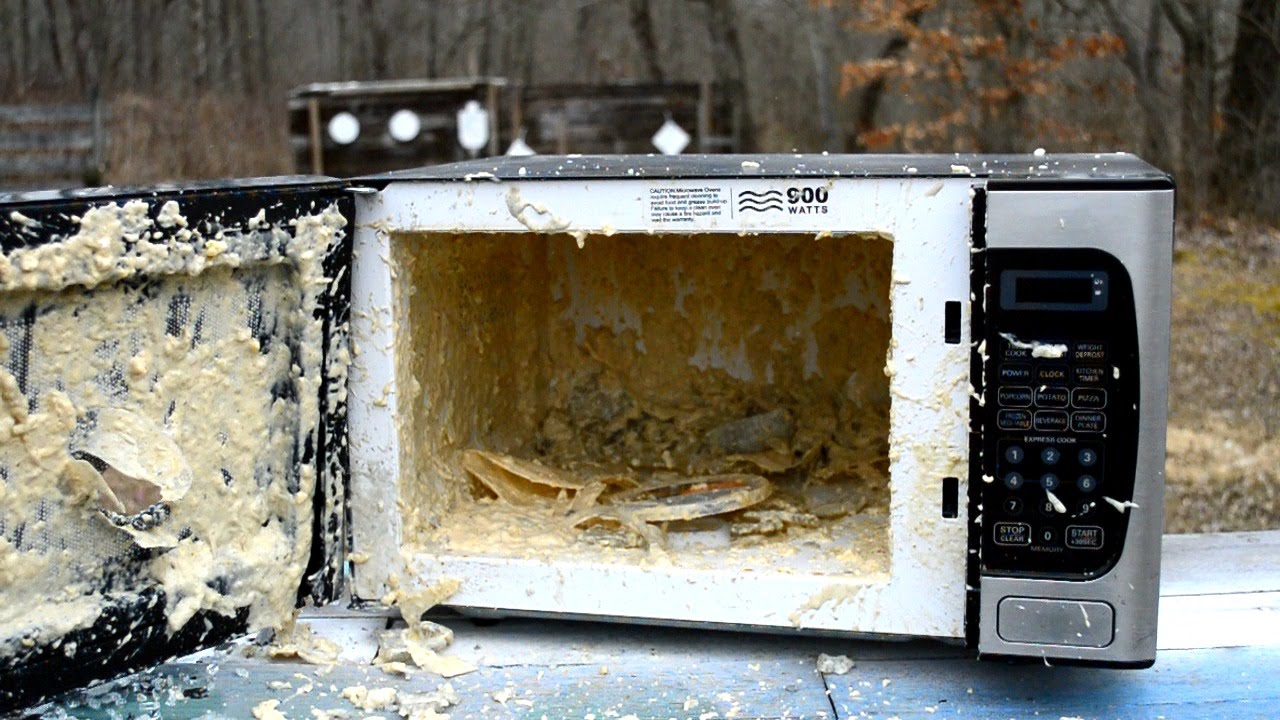Sustainability is becoming more and more important in our society. Many think that an environmentally conscious lifestyle restricts them in their daily life. A misconception, because with a few tips and little effort you can make your own household sustainable.

We will show you how; you do not need to stress nor gamble on whether your home is sustainable or not, if you want to play with Lady Luck then just place some Free Bets online. A sustainable lifestyle is not only good for the environment but also good for your wallet in many areas. We will show you 10 tips on how you can make your household environmentally friendly.
1. Standby mode
Devices consume little energy in standby mode, but they still use useless electricity. Tip: Use power strips that can be switched off. As a rule, if you are not going to use the device for more than an hour, you should switch it off completely.
2. Make sure you use the right cleaning agent
The correct dosage and the choice of detergent are very important for the environment – around 220,000 tons of household cleaners and 260,000 tons of dishwashing detergent end up down the drain every year.
This pollutes the water and, not least, the environment enormously. You can clean the entire household with an all-purpose cleaner, hand washing-up liquid, scouring milk, and acidic cleaners that contain citric acid. And the best thing about it: These cleaners do not contain any pollutants that are harmful to the environment or health. There are also extra environmentally friendly cleaners that conjure up freshness in your home.
3. Correctly regulate the heating
Did you know that every degree less saves up to six percent in heating energy? If you set your apartment to 20 degrees instead of 24 degrees, which is also the recommended room temperature, you save a whopping 24 percent on heating energy. Not only is the environment happy, but your wallet too! And who doesn’t prefer to cuddle up with their partner in a warm blanket in the evening?
4.. Avoid wasting food
Shopping consciously is extremely important when it comes to living a sustainable life. Therefore: only buy what you really need. 82 kg per person is thrown away every year. When shopping yourself, it is also important to pay attention to where the groceries come from. Always make sure to buy regionally.
There are also many foods that use a lot of water in production – these should not be part of your everyday shopping. Meat also uses a lot of water in production. Do not worry, you don’t have to do without meat entirely – but how about the introduction of “Veggie Days”? This is not only good for the body but also saves money. There are lots of great family recipes that even kids will enjoy!
5. Own bag for shopping
Instead of buying a plastic bag in your supermarket, it is better to use a cloth bag. Not only does it look stylish, but it is also super environmentally conscious. You can also do without the plastic bags for fruit and vegetables – with a suitable net, these can also be transported perfectly.
6. Separate waste properly and save
Another important point is waste separation when it comes to environmental awareness. Even so, it is better to keep the waste produced as low as possible. When shopping, you can make sure to buy reusable products instead of single-use products. In addition, you should not just throw away your old clothes, shoes, and furniture – give them away or sell them. There are many different platforms online for this. Or you can simply upgrade your old clothes yourself with a few tips!
7. Showers and baths consciously
As a rule, showering is generally more environmentally friendly than bathing. But watch out! This is not always the case. A person uses 140 liters for a full bath – when showering, approx. 20 liters per minute flow through the pipe. Translated, this means: a shower that lasts longer than seven minutes is not necessarily more environmentally friendly than bathing. To prevent this, be sure to turn the shower off while you shampoo. The same applies to brushing your teeth and washing your hands. Water that does not flow is not used!
8. Sustainable fashion
In general, cheap clothing is not always environmentally harmful, just as expensive fashion is not always environmentally friendly. Therefore: Always pay attention to where your clothing is made and from which manufacturer it comes. There are also many fashion labels that specialize in a fair fashion. Alternatively, you can also purchase great parts on second-hand platforms. Or you can simply upgrade your old clothes yourself!
9. Dry laundry sparingly
Letting the laundry dry on the drying rack is of course the more environmentally friendly option. But it is enough if you dry your laundry consciously. This means: only items of clothing that should actually be dried should end up in the tumble dryer. By the way: You can also save energy when you buy your tumble dryer – pay attention to the energy efficiency class of the dryer when buying it. A +++ has the lowest power consumption.
10. Wash at low temperatures
The rule of thumb is the hotter the laundry, the higher the energy consumption. Although the 90 ° cycle exists on many washing machines – it is better not to use it. Prewashing also wastes unnecessary energy and is usually not necessary. In addition, you should always make sure that the washing machine is really full at the time of washing. The less it has to be used, the more environmentally friendly it. There are now washing machines with special environmentally-friendly programs.





